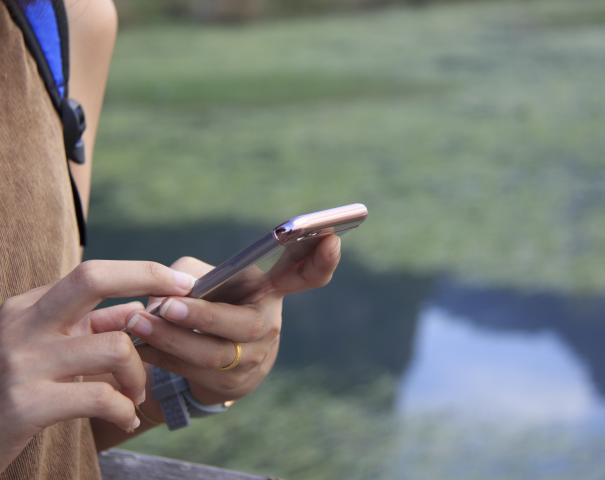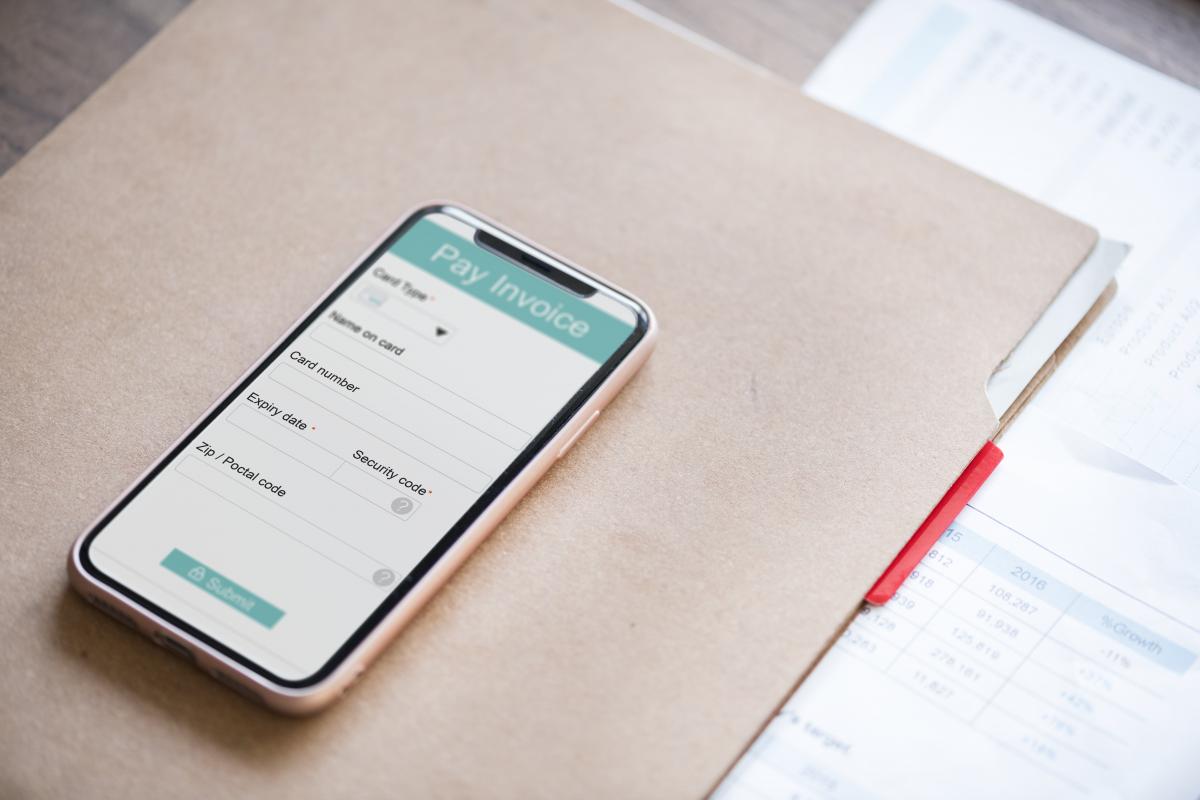Already in widespread use across China, mobile payments are gradually reaching Europe and on a pace to become an essential payment method. By 2020, half of payments in Europe will be completed by smartphone. This growing trend offers several crucial advantages for customers and retailers alike. Let’s take an overview of these systems.
When smartphones double as mobile payment terminals
Mobile payments encompass all the various solutions and uses offered by mobile phones to complete transactions. These applications come in several types:
- transactions via an e-commerce app, where the purchase amount is charged to the user’s credit or debit card or debited from their account balance
- mobile contactless payment at a brick-and-mortar point of sale equipped with Near Field Communication (NFC) technology
- mobile-to-mobile money transfer, which is especially popular in developing countries where many people do not have traditional bank accounts.
While they only account for a mere 2% of transactions worldwide and just 3% in France, mobile payment solutions exploded in China in 2016. Purchases completed by phone, up 45%, totaled a staggering 23 trillion dollars—almost 50 times the amount seen in the United States over the same year.
Simplicity and reliability: the advantages of mobile payments
Not only are mobile payments fast and easy for customers to use, they can also adapt to any type of purchase (retail, transport, entertainment). Reliable and secure, they can simplify money transfers by eliminating the need to enter complex account numbers—users can send money to a chosen recipient in just a few clicks.
For example, with the Mes transferts app from BNP Paribas, customers can pay or reimburse friends and family simply by entering their phone number. And it works no matter where they do their banking!
For businesses and retailers, contactless payments at check-out are faster and help optimize in-store customer service, reducing lines by 15-20%, on average. On top of that, it makes handling cash and treasury operations even easier. Retailers also benefit from the added bonus of appearing more modern and innovative than their competitors. Finally, mobile payments help to optimize store loyalty programs and in turn improve their customer relations systems.
Since February 2017, BNP Paribas retail banking customers can pay for in-store purchases using their smartphone, both in France and abroad, using the Paylib contactless service. All they have to do is swipe the back of their mobile phone against the payment terminal: it’s as simple, fast and secure as contactless payment with a traditional credit or debit card.
Another innovation the Group helped to develop, Lyf Pay, an all-in-one mobile payment solution that centralizes all of a customer’s cards, coupons and loyalty cards. They can then pay for their purchases, repay friends or family, donate to a charity organization or unlock exclusive discounts from their favorite brands, all from the Lyf Pay app which generates a unique QR code for every transaction. And because each business can customize the app, Lyf Pay offers brands an innovative and powerful way to retain customers.
BNP Paribas launches WeChat Pay in Europe
Serving as the digital Swiss Army knife for 650 million Chinese users, the messaging app WeChat has expanded heavily into mobile payments. With its solution WeChat Pay, users can pay for in-store purchases, hail a taxi, pay bills, buy train tickets and book movie tickets, all from their mobile phone. Users simply scan a QR code to pay for their purchases. In addition, the app is available in several currencies.
To support its Chinese customers during their trips to Europe, BNP Paribas launched the WeChat Pay service in France, with a gradual roll-out across all of Europe in the works. Since September 25, 2017, customers have had the option to use the solution at stores in the Galeries Lafayette Group: Galeries Lafayette Haussmann and BHV MARAIS.
This article first appeared on BNP Paribas Group's website and can be found here


